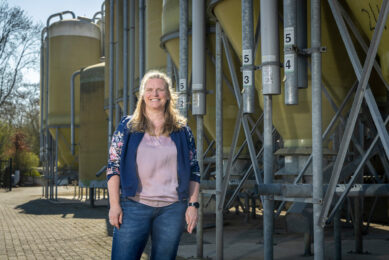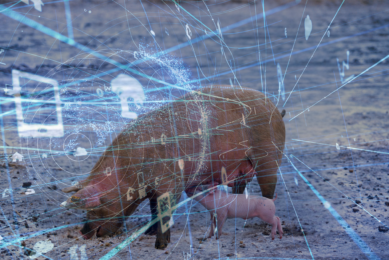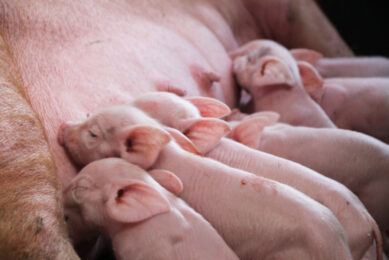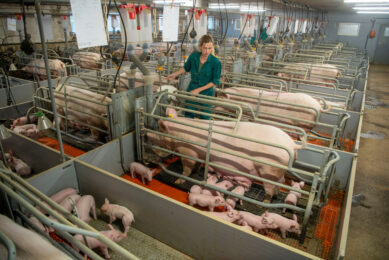How do daily temperature fluctuations impact breeding sows?
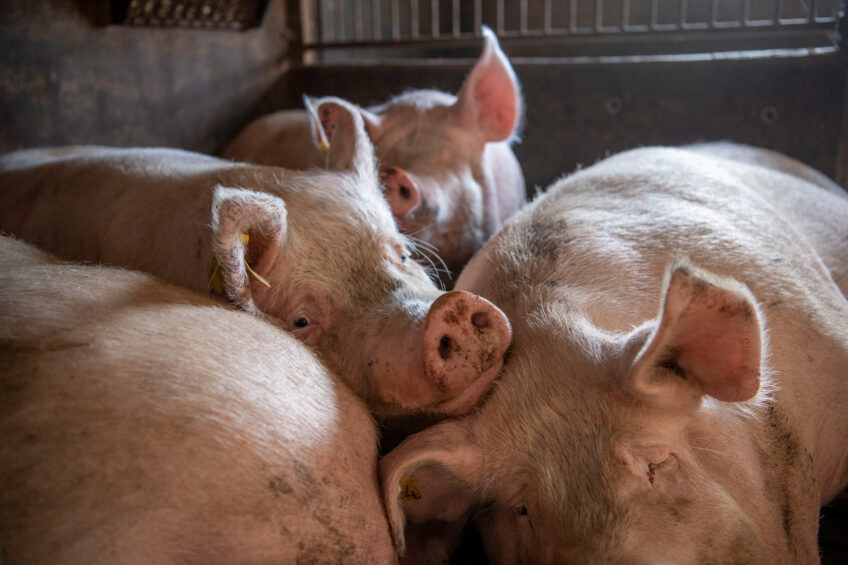
A team of Spanish researchers evaluated the impact of circadian rhythm of temperature in breeding sows’ reproduction during the oestrus period. They published their findings in Porcine Health Management. The circadian rhythm controls a variety of physiological events in pigs and is determined by their body temperature. Body temperature is subject to variation throughout the day.
Data collection
The researchers used 85 sows for this trial. The team determined the onset of oestrous in sows in the presence of boars twice a day. They recorded skin and vaginal temperature of sows prior, during and after the cessation of oestrus symptoms. Furthermore, they measured the ambient temperature and relative humidity of the environment. After that, they calculated the circadian temperature cycle values such as inter-daily stability, intra-daily fragmentation, the rhythm amplitude, and the average temperature.
In the next step, they compared the circadian temperature cycle values between 4 climatic seasons and the days when sows were in heat versus days when sows were not in heat. Moreover, they documented production parameters of sows including total piglets born, piglets born alive, stillborn piglets, piglets born mummified, piglets weaned and the weaning to service interval.
Oestrus and circadian rhythm
There was a higher frequency for oestrus detection during cold seasons. In addition, oestrus duration was longer in cold seasons and shorter in warm seasons. Circadian rhythm was more stable in warm seasons compared to the rest of the year as the sows were more influenced by the ambient temperature. Furthermore, the temperature variability was lower in cold seasons. During oestrus period, the inter-daily stability in the circadian rhythm was higher compared to that of the anoestrus period. During the warm seasons, the circadian rhythm amplitude enhanced especially during oestrus.
Variation in vaginal temperature and reproductive performance
During the cold seasons the vaginal temperature was different prior to the onset of oestrus, during oestrus and after the cessation of oestrus. In addition, vaginal temperature was the lowest during the period of oestrus in cold seasons. Sows with early onset of oestrus had shorter oestrus duration, higher vaginal temperature, higher number of stillborn piglets, and weaning to service interval, and lower number of piglets born alive.
The authors concluded that extreme summer conditions affect circadian rhythms and the robustness of body and vaginal temperature of breeding sows during oestrus period.



